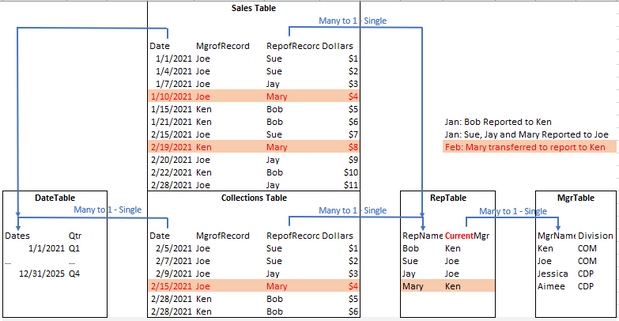- Power BI forums
- Updates
- News & Announcements
- Get Help with Power BI
- Desktop
- Service
- Report Server
- Power Query
- Mobile Apps
- Developer
- DAX Commands and Tips
- Custom Visuals Development Discussion
- Health and Life Sciences
- Power BI Spanish forums
- Translated Spanish Desktop
- Power Platform Integration - Better Together!
- Power Platform Integrations (Read-only)
- Power Platform and Dynamics 365 Integrations (Read-only)
- Training and Consulting
- Instructor Led Training
- Dashboard in a Day for Women, by Women
- Galleries
- Community Connections & How-To Videos
- COVID-19 Data Stories Gallery
- Themes Gallery
- Data Stories Gallery
- R Script Showcase
- Webinars and Video Gallery
- Quick Measures Gallery
- 2021 MSBizAppsSummit Gallery
- 2020 MSBizAppsSummit Gallery
- 2019 MSBizAppsSummit Gallery
- Events
- Ideas
- Custom Visuals Ideas
- Issues
- Issues
- Events
- Upcoming Events
- Community Blog
- Power BI Community Blog
- Custom Visuals Community Blog
- Community Support
- Community Accounts & Registration
- Using the Community
- Community Feedback
Register now to learn Fabric in free live sessions led by the best Microsoft experts. From Apr 16 to May 9, in English and Spanish.
- Power BI forums
- Forums
- Get Help with Power BI
- Desktop
- Sum by Column while ignoring a Relationship
- Subscribe to RSS Feed
- Mark Topic as New
- Mark Topic as Read
- Float this Topic for Current User
- Bookmark
- Subscribe
- Printer Friendly Page
- Mark as New
- Bookmark
- Subscribe
- Mute
- Subscribe to RSS Feed
- Permalink
- Report Inappropriate Content
Sum by Column while ignoring a Relationship
At the time of Sales the Mgr of Record is captured and in the future that Collection should be reported against that Mgr of Record, even if the Rep of Record transfers to another Mgr.
I can get the answer in a separate table (a sales only table using MgrTable.MgrName and a collections only table using CollectionsTable.MgrofRecord), however, because of the relationship with RepTable.CurrentMgr-to-MgrTable.MgrName I can't seem to get them on the same data table.
I've attempted measures and columns under both CollectionsTable and MgrTable.
After searching and attempting many of the solutions for ignoring relationships, or using lookupvalue... I am now asking the community.
I'm now prepared to say, "doh!" - Thank you in advance.
Solved! Go to Solution.
- Mark as New
- Bookmark
- Subscribe
- Mute
- Subscribe to RSS Feed
- Permalink
- Report Inappropriate Content
Thank you. I ended up finding this BI Consulting Pro video (https://www.youtube.com/watch?v=PzqML-U-lnY) and figured out a solution:
1) Created an inactive relationship between MgrTable.MgrName and CollectionsTable.MgrOfRecord
2) Then using USERELATIONSHIP
- Mark as New
- Bookmark
- Subscribe
- Mute
- Subscribe to RSS Feed
- Permalink
- Report Inappropriate Content
Thank you. I ended up finding this BI Consulting Pro video (https://www.youtube.com/watch?v=PzqML-U-lnY) and figured out a solution:
1) Created an inactive relationship between MgrTable.MgrName and CollectionsTable.MgrOfRecord
2) Then using USERELATIONSHIP
- Mark as New
- Bookmark
- Subscribe
- Mute
- Subscribe to RSS Feed
- Permalink
- Report Inappropriate Content
I would create a reference table with the transactionID and the Manager of record, and then add that table to your data model. Technically this would be the same as using "Manager of Record" instead of "Current Manager" in your visual. Have you tried that?
Helpful resources

Microsoft Fabric Learn Together
Covering the world! 9:00-10:30 AM Sydney, 4:00-5:30 PM CET (Paris/Berlin), 7:00-8:30 PM Mexico City

Power BI Monthly Update - April 2024
Check out the April 2024 Power BI update to learn about new features.

| User | Count |
|---|---|
| 113 | |
| 100 | |
| 78 | |
| 76 | |
| 52 |
| User | Count |
|---|---|
| 146 | |
| 109 | |
| 106 | |
| 88 | |
| 61 |


